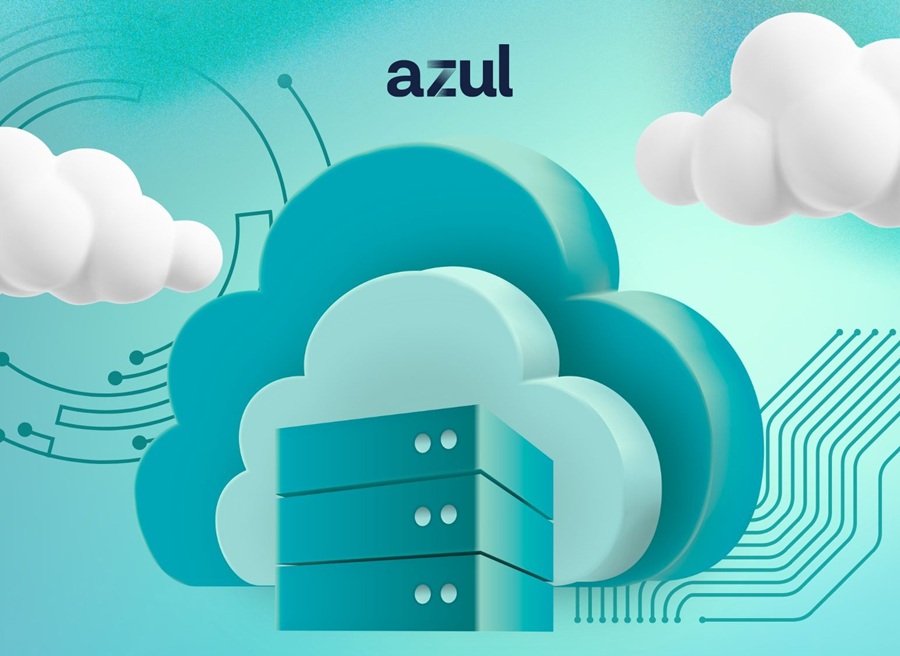BMC Software announced the availability of a newly-integrated Application Performance Management (APM) product portfolio -- a simplified solution for the management of enterprise, software-as-a-service (SaaS) and cloud applications within a single operations management framework.
Application Performance Management from BMC delivers a 360-degree view of application performance and end-user experience, including the application, middleware and infrastructure layers inside the data center. The complete solution includes BMC End User Experience Management, BMC ProactiveNet Performance Management, BMC Middleware Management–Transaction Monitoring, and BMC Application Problem Resolution capabilities.
“The ability to link a strong end-user experience monitoring platform with a solid behavior learning engine is particularly welcome to application support and IT operations teams,” says Will Cappelli, Research Vice President at Gartner. “A new generation of APM tools is quickly emerging to address the increasingly complex, diverse and dynamic computing infrastructures and applications in today’s computing environments. Because application performance can become a major cause of unplanned downtime that results in lost revenues, Application Performance Monitoring solutions that feature proactive diagnostics, extensive analytics and end-user experience monitoring provide the best resource for IT departments managing business-critical applications and environments.”
More than just monitoring and reporting service levels, Application Performance Management from BMC features proactive problem detection based on behavioral learning, with rapid problem diagnosis through advanced correlation of the end-user experience and continuous collection of deep diagnostics and transaction tracing data.
Application Performance Management from BMC delivers:
* Business-aware APM – collects and analyzes business data from end user session transactions and automatically prioritizes application issues based on business impact.
* Real-time behavior learning with proactive root cause – assesses application performance, root causes and impact on critical business processes across infrastructure, applications and services.
* 20/20 visibility – identifies application errors and eliminates “blind spots” by filtering data based on defined policies.
* Continuous deep-dive diagnostics – collects data 24x7 for immediate problem diagnosis without affecting the performance of key applications.
* Coverage for enterprise, SaaS and cloud applications – integrates end-user, transaction, application element and infrastructure monitoring into a central behavioral analytics engine that drives preventative repairs of application problems.
* Rapid time to value – fast and easy to deploy solution provides results within hours versus weeks and ensures flexibility to add incremental value over time.
The Latest
Overall outage frequency and the general level of reported severity continue to decline, according to the Outage Analysis 2025 from Uptime Institute. However, cyber security incidents are on the rise and often have severe, lasting impacts ...
In March, New Relic published the State of Observability for Media and Entertainment Report to share insights, data, and analysis into the adoption and business value of observability across the media and entertainment industry. Here are six key takeaways from the report ...
Regardless of their scale, business decisions often take time, effort, and a lot of back-and-forth discussion to reach any sort of actionable conclusion ... Any means of streamlining this process and getting from complex problems to optimal solutions more efficiently and reliably is key. How can organizations optimize their decision-making to save time and reduce excess effort from those involved? ...
As enterprises accelerate their cloud adoption strategies, CIOs are routinely exceeding their cloud budgets — a concern that's about to face additional pressure from an unexpected direction: uncertainty over semiconductor tariffs. The CIO Cloud Trends Survey & Report from Azul reveals the extent continued cloud investment despite cost overruns, and how organizations are attempting to bring spending under control ...

According to Auvik's 2025 IT Trends Report, 60% of IT professionals feel at least moderately burned out on the job, with 43% stating that their workload is contributing to work stress. At the same time, many IT professionals are naming AI and machine learning as key areas they'd most like to upskill ...
Businesses that face downtime or outages risk financial and reputational damage, as well as reducing partner, shareholder, and customer trust. One of the major challenges that enterprises face is implementing a robust business continuity plan. What's the solution? The answer may lie in disaster recovery tactics such as truly immutable storage and regular disaster recovery testing ...
IT spending is expected to jump nearly 10% in 2025, and organizations are now facing pressure to manage costs without slowing down critical functions like observability. To meet the challenge, leaders are turning to smarter, more cost effective business strategies. Enter stage right: OpenTelemetry, the missing piece of the puzzle that is no longer just an option but rather a strategic advantage ...
Amidst the threat of cyberhacks and data breaches, companies install several security measures to keep their business safely afloat. These measures aim to protect businesses, employees, and crucial data. Yet, employees perceive them as burdensome. Frustrated with complex logins, slow access, and constant security checks, workers decide to completely bypass all security set-ups ...

In MEAN TIME TO INSIGHT Episode 13, Shamus McGillicuddy, VP of Research, Network Infrastructure and Operations, at EMA discusses hybrid multi-cloud networking strategy ...
In high-traffic environments, the sheer volume and unpredictable nature of network incidents can quickly overwhelm even the most skilled teams, hindering their ability to react swiftly and effectively, potentially impacting service availability and overall business performance. This is where closed-loop remediation comes into the picture: an IT management concept designed to address the escalating complexity of modern networks ...
